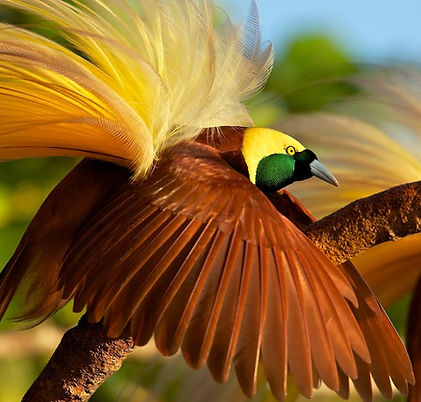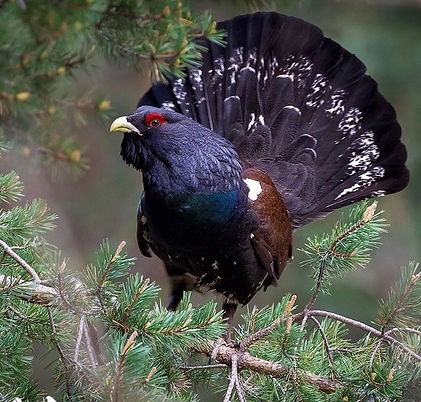Feathered Friends
With their striking plumage, birds are a natural subject for artists of all kinds.
Click any picture to navigate to the page of interest for more information about this tartan or its associated day.
Golden Pheasant
Jan 5
Bird Day
The golden pheasant or Chinese pheasant, (Chrysolophus pictus) is a gamebird of the order Galliformes. It is native to forests in mountainous areas of western China, but feral populations have been established in the United Kingdom, Canada, United States, Mexico, Colombia, Peru, Bolivia, Chile, Argentina, Uruguay, Falkland Islands, Germany, Belgium, Netherlands, France, Ireland, Australia and New Zealand.
Gyrfalcon
Jan 5
Bird Day
Gyrfalcons were worshipped by the Vikings and highly sought after by European kings and members of the aristocracy. The gyrfalcon breeds on Arctic coasts and tundra, and the islands of northern North America, Europe, and Asia. It is also the official bird of Canada's Northwest Territories.
Snowy Owl
Mar 6
Snowy Owl Return Season
One of the largest species of owl, the adult male is virtually pure white, but females and young birds have some dark spots; the young are heavily barred, and dark spotting may even predominate. Its thick plumage, heavily feathered taloned feet, and colouration render the snowy owl well-adapted for life north of the Arctic Circle.
Pink Flamingos
Jun 23
Pink Flamingo Day
Young flamingos hatch with greyish-red plumage, but adults range from light pink to bright red due to aqueous bacteria and beta-carotene obtained from their food supply. Captive flamingos may turn a pale pink if they are not fed carotene at levels comparable to the wild.
Sep 24
Peacock Day
The functions of the elaborate iridescent coloration and large "train" of peacocks have been the subject of extensive scientific debate. Charles Darwin suggested they served to attract females, and the showy features of the males had evolved by sexual selection. More recently, the "handicap theory" has been promoted, suggesting that these features act as honest signals of the males' fitness, since less fit males would be disadvantaged by the difficulty of surviving with such large and conspicuous structures.
White-fronted Goose
Sep 29
Goose Day (Michaelmas)
The greater white-fronted goose (Anser albifrons) is a species of named for the patch of white feathers bordering the base of its bill.It breeds in western Greenland, migrating during September and October via staging grounds in Iceland to winter exclusively in Ireland and western Britain, mainly in the Hebrides, before returning in April. In Scotland, most birds winter along the west coast, mainly on Islay where about half of the Scottish population occurs.





































